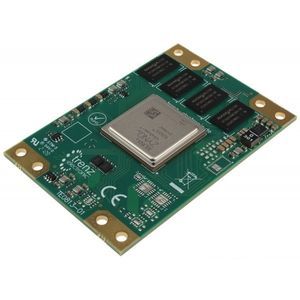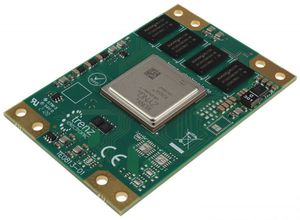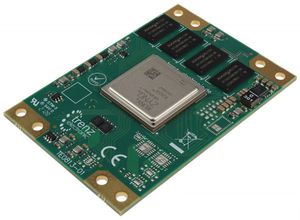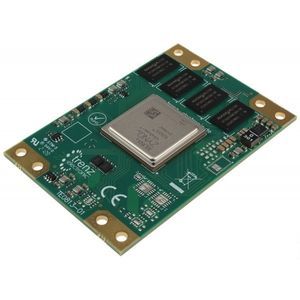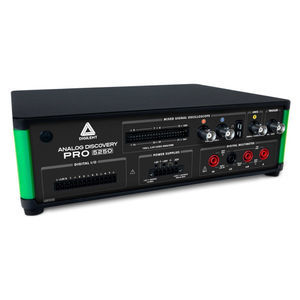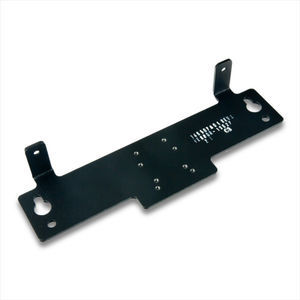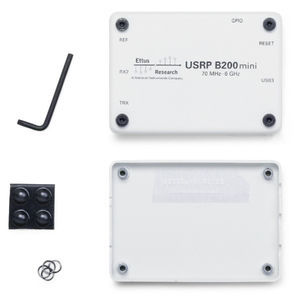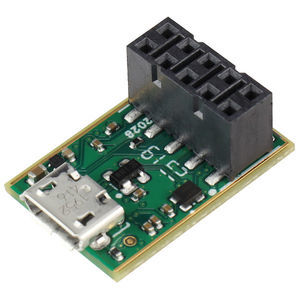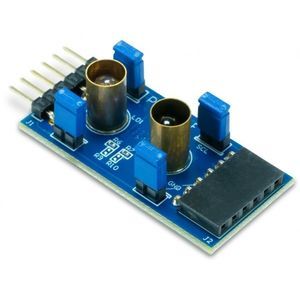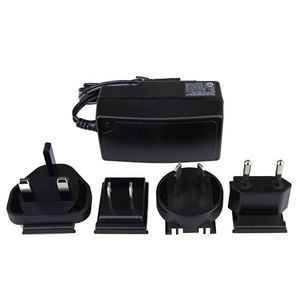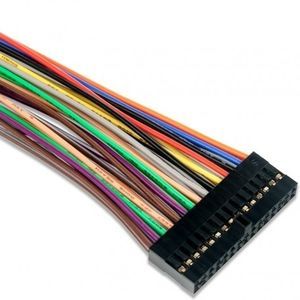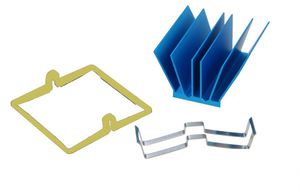
- Metrology - Laboratory
- Inspection and Monitoring
- Voltage data acquisition system
- Trenz Electronic GmbH
Voltage DAQ USB-202




Add to favorites
Compare this product
Characteristics
- Measured physical value
- voltage
Description
The Measurement Computing USB-202 is an low-cost, USB-based multifunction DAQ device designed for general purpose data acquisition applications. This device features eight, 12-bit SE analog voltage inputs, two analog outputs, eight digital I/O, and one counter input. The USB-202 features a maximum 100 kS/s sample rate. The analog input range is fixed at ±10 V. This device is USB-powered and requires no external power.
The USB-202 features two 12-bit analog output channels. Outputs can be updated simultaneously at a rate up to 125 S/s per channel. One output can be updated at a rate up to 250 S/s. The output range is fixed at 0 V to 5 V. Each USB-200 Series device provides one external clock input and one clock output for the analog input pacer. Users can connect an external clock signal to the external clock input terminal. When using the internal clock, each device outputs the ADC sample clock.
This device also provide eight TTL-level digital I/O lines. Each digital channel is software-selectable for input or output. When configured for output, each digital channel can source/ sink up to ±24 mA. Each USB-200 Series device supports one 32-bit TTL-level event counter that accepts inputs up to 1 MHz.Software support includes DAQami, an optional out-of-the-box application for data logging, visualization, and signal generation. Data can be viewed in real-time or post-acquisition on user-configurable displays. Drivers are included for the most popular applications and programming languages including Visual C++®, Visual C#®, Visual Basic®.NET, DASYLab®, LabVIEW™, MATLAB®, Linux®, and Python™.
Catalogs
No catalogs are available for this product.
See all of Trenz Electronic GmbH‘s catalogsRelated Searches
*Prices are pre-tax. They exclude delivery charges and customs duties and do not include additional charges for installation or activation options. Prices are indicative only and may vary by country, with changes to the cost of raw materials and exchange rates.



